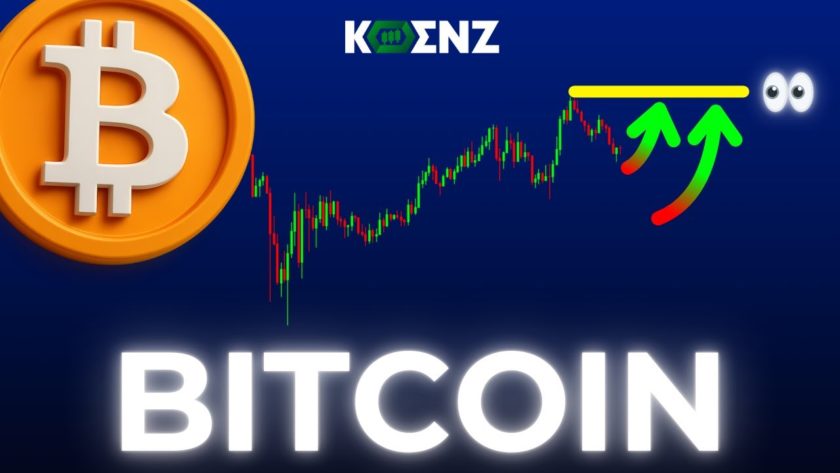The rise of Ordinals inscriptions on the Bitcoin network has sparked new interest and debate around its impact on the ecosystem. Initially used to mint images as non-fungible tokens (NFTs), users have now realized that text-based inscriptions can create fungible tokens similar to ERC-20 token standard on the Ethereum network. As a result, the number of Ordinals inscriptions on the Bitcoin blockchain has almost doubled from 2.5 million to 4.78 million in just the last eight days.
Glassnode co-founder and chief technology officer Rafael Schultze-Kraft noted that text-based inscriptions are the most popular form of Ordinals inscription, with over 2.8 million text-based inscriptions as of May 5. Recent data from blockchain data hub Dune Analytics shows that 99% of all new Ordinals inscriptions since April 25 have been text-based, popularized as the BRC-20 token standard.
According to brc-20.io, a new tool that tracks BRC-20 tokens, there are currently 14,200 new tokens hosted on the Bitcoin blockchain. The most popular Bitcoin-based tokens include “ordi,” “nals,” and a Bitcoin-based version of the memecoin Pepe (PEPE), which is ranked third by total market cap.
The total market cap of BRC-20 tokens currently hovers around the $700 million mark, with Galaxy Digital predicting the market for “Bitcoin NFTs” may reach $4.5 billion by 2025. The rise of Ordinals over the last few months has sparked debate around whether it is ultimately positive for the Bitcoin ecosystem. Some Bitcoin proponents believe that Ordinals offer a wider range of financial use cases for Bitcoin, while others argue that it strays from Satoshi Nakamoto’s original vision for Bitcoin as an electronic, peer-to-peer cash system.
In the meantime, miners have enjoyed a surge in revenue due to transaction fees related to the burst of new activity on the network. As the popularity of Ordinals continues to grow, it remains to be seen whether it will have a positive or negative impact on the Bitcoin ecosystem.



